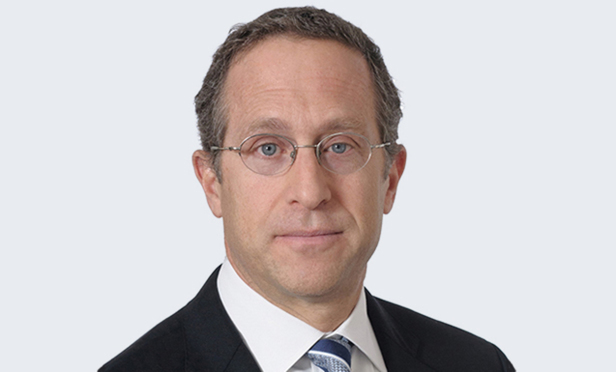In November 2014, this column reported that the U.S. Supreme Court had granted certiorari in three intellectual property cases, and just last week, the Supreme Court decided two of them. In Teva Pharmaceuticals USA v. Sandoz,1 the court ruled in a 7-2 decision, that claim construction may not always be a pure question of law entitled to de novo review as the U.S. Court of Appeals for the Federal Circuit had previously enunciated, but instead may involve underlying factual findings subject to “clear error” review. Similarly, in Hana Financial v. Hana Bank,2 the Supreme Court ruled, this time unanimously, that the issue of “tacking” (i.e., whether the use of an older mark in a different manner may be ‘tacked on’ to the use of a newer one for purposes of determining priority) is a factual one for juries. This article will address both cases, as well as the Federal Circuit’s recent split affirmance of a willful infringement finding leading to an award of double damages.
‘Markman’ Clarified
In the Teva case, at issue was whether the Supreme Court’s prior decision in Markman v. Westview Instruments,3 required that all patent claim construction decisions be reviewed, as a matter of law, de novo. There, the Supreme Court held that “the construction of a patent, including terms of art within its claim,” is not for the jury but “exclusively” for “the court” to determine. The Teva case, however, involved claim construction with “evidentiary underpinnings.”



